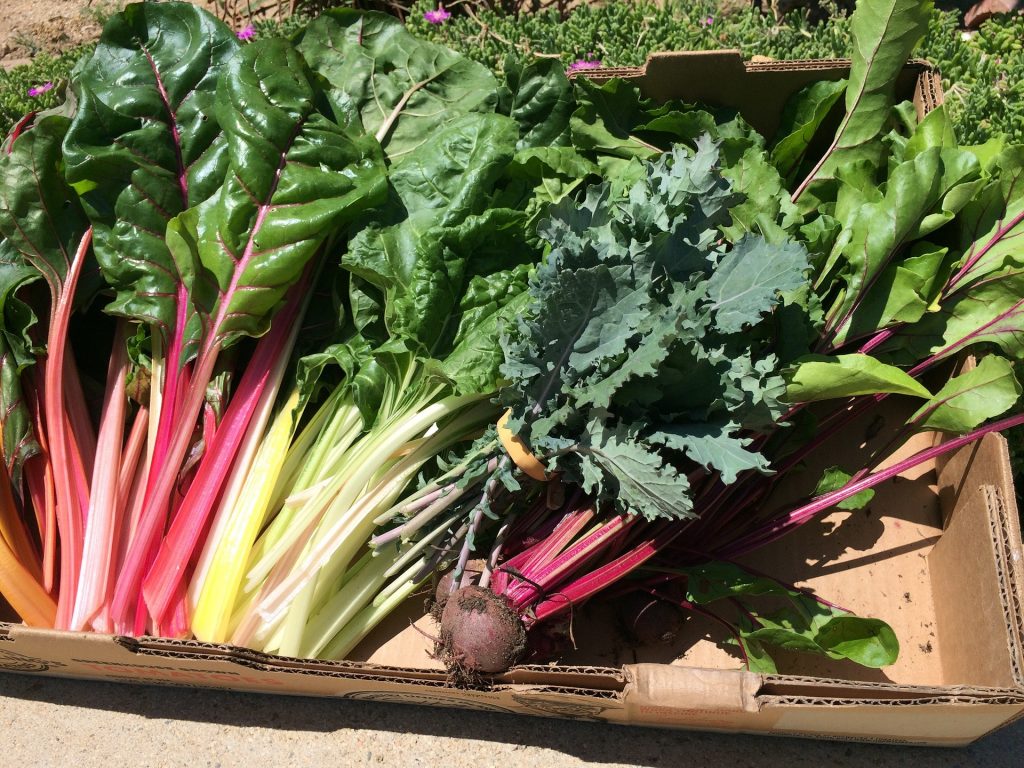Magnesium has numerous different roles in the human body, such as energy production, maintenance of strong bone structure, blood glucose control, and DNA and protein synthesis. Like potassium, it is also an electrolyte and is involved in proper nerve function, muscle contraction, and blood pressure regulation.

How much do I need?
- 310 – 320 milligrams per day for women 19 years and older
- 400 – 420 milligrams per day for men 19 years and older
- For recommendations for infants, children, teens, pregnant women, and breastfeeding mothers, check out the chart in National Institute of Health’s Fact Sheet: Magnesium
Food sources
Magnesium is found naturally in many foods and is added to some fortified foods as well. Dark leafy greens, such as spinach and Swiss chard are very rich in magnesium. Other good sources include nuts and seeds, beans, avocados, bananas, soy products, and whole grains.
What happens if I don’t get enough?
Deficiency is rare since magnesium is widely available in variety of foods. Even with low dietary intake, the kidneys will work to retain magnesium in the body. However, those with alcoholism or intestinal problems who cannot efficiently absorb magnesium, may experience deficiency symptoms. Early signs may include loss of appetite, nausea, vomiting, and weakness. Severe deficiency symptoms include muscle cramps, irregular heartbeats, and numbness.
Can I get too much?
Toxicity is uncommon since excess magnesium is removed from the body through urine in healthy individuals. However, extremely large doses in the form of supplements, medications, or antacids can result in toxicity. Initial symptoms are diarrhea, vomiting, and sluggishness. Severe symptoms may include muscle weakness, breathing problems, and even heart attacks. The risk for toxicity is higher in those with kidney problems.
Did You Know?
Swiss chard is a member of the beet family, but its dark green leaves and colorful celery-like stalk are consumed instead of the root. Chard is not only abundant in magnesium, but also a good source of vitamins A and C and iron.
You can prepare the magnesium-rich leaves just like spinach. Try them raw, fresh in salads, or simply sautéed.


